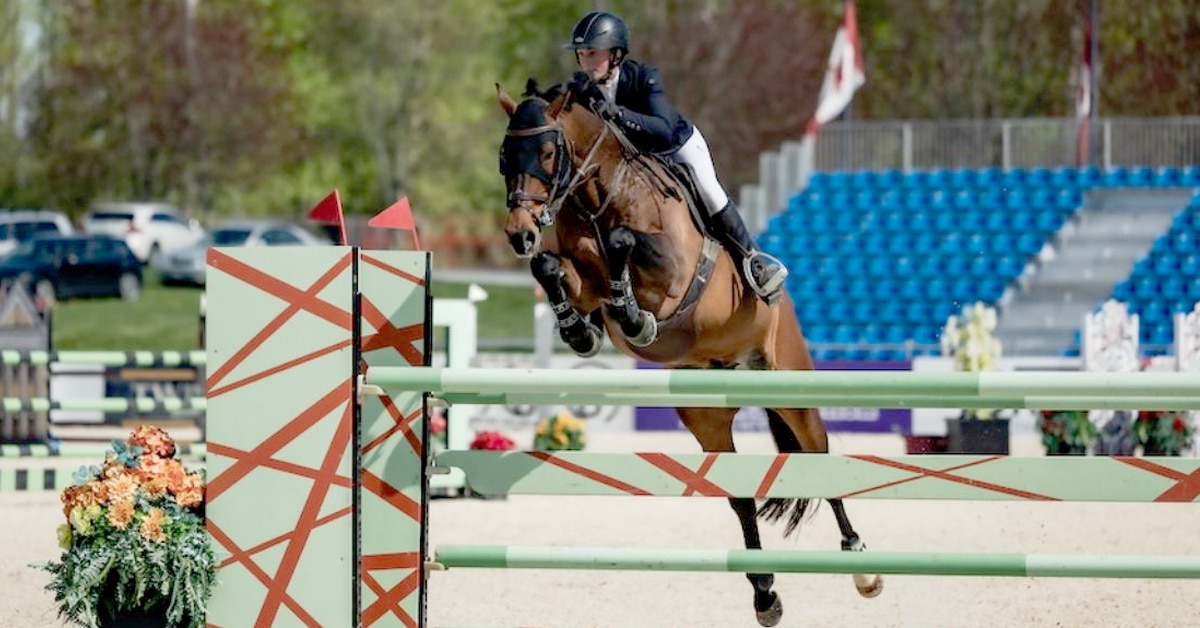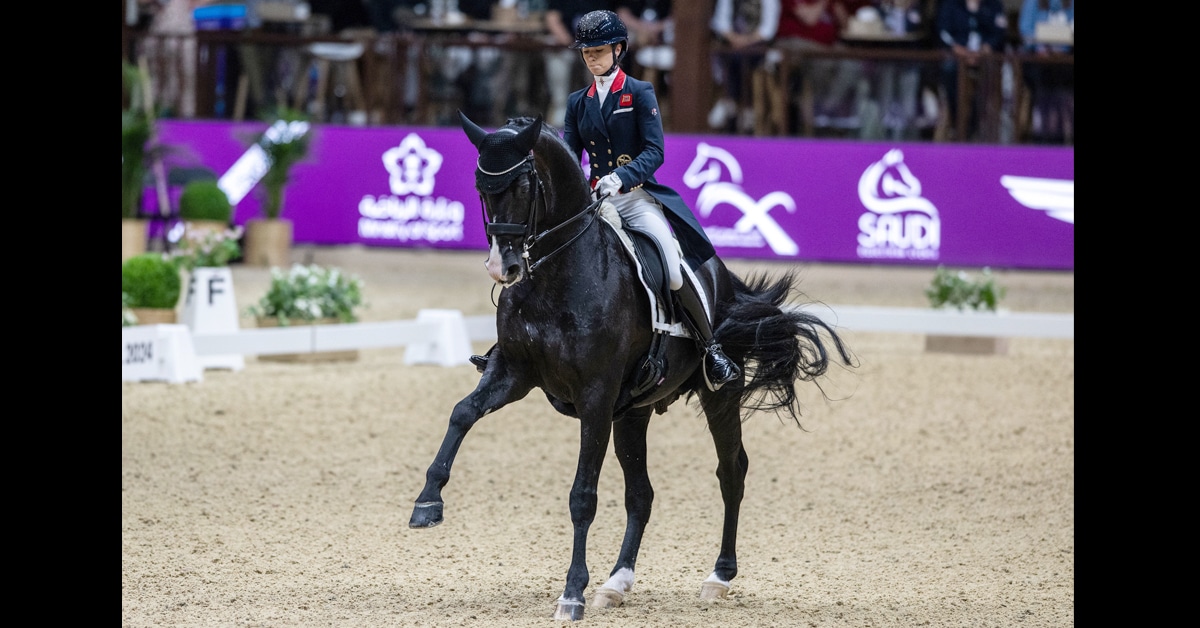Ellie Larson, fifth-year graduate student within the lab of Dr. Bettina Wagner and the Department of Population Medicine and Diagnostic Sciences, has published a study in the Journal of Immunology on May 15, 2021. The study details how the researchers developed a new antibody to better study equine immunology, while also finding a clue to how allergies start and are sustained, in horses and also likely in humans.
Larson and her lab colleagues created a novel antibody designed to bind to and tag the equine immune signaling molecule IL-8, which promotes inflammation. Larson used this novel method to track this signaling molecule by applying it to the lab’s herd of Icelandic horses, some of which are allergic to biting flies that emerge in the warm months. During winter, Larson compared IL-8 production in white blood cells from both allergic and healthy horses, finding that, despite the lack of clinical symptoms, some of the allergic horses’ white blood cells produced more IL-8 compared to healthy horses.
This finding reveals IL-8 as one “missing link” in the way allergies develop and persist over time. “IL-8 production in our allergy model links certain white blood cells with the development of an inflammatory and allergic response. Our findings suggest that this specific type of white blood cell communicates to the rest of the immune system even when there are no allergy symptoms therefore helping initiate and maintain allergic responses,” says Larson. “This link is also likely the case in human allergies, which also have similar immune systems and similar allergies.”
Thanks to the similarities between equine and human immunology, Larson and her colleagues’ horse model of allergy may identify biomarkers that could guide new therapeutics for people suffering from allergies.
Next, Larson and her colleagues in the Wagner lab plan to use the new antibody to study IL-8 in other equine inflammatory diseases, such as equine herpesvirus type 1 (EHV-1).
More from News:





